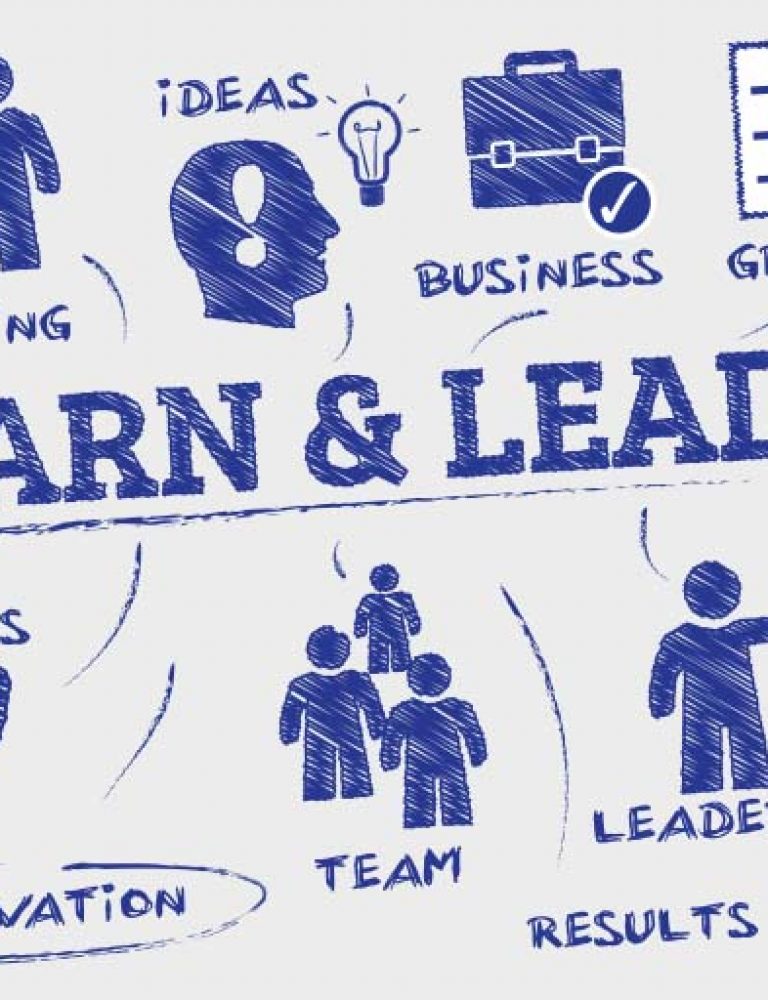Training programs are designed to enhance employee efficiency and eventually increase their productivity. Enterprises invest a huge sum to develop an effective training program for their workforce. On an average, organizations spend 11% of their budget on learning tools and technologies. But employees sometimes tend to associate training with free time and boredom. So, they are not really getting much out of their training program, and the time and resources invested by the organization go waste.
Learning and Development teams are now finding ways to make training more fun and engaging. They want employees to actively participate in the learning process, rather than being passive spectators. But now, with multiple training options available, enterprises are in flux as to which training method would be more effective and beneficial for its employees. Sure, all of them are tried and tested methods, but every organization has different goals to achieve. So, they must analyze which employee training program is best suited for their workforce.
5 Most Effective Training Techniques that Enterprises Choose to Improve their Workforce Efficiency -
eLearning- Anytime and Anywhere
eLearning has become as common as classroom learning, and is in fact, considered to be more effective than classroom-based training. Many organizations have already implemented eLearning into their training programs. eLearning includes computer-based learning and mobile-based learning. It’s considered beneficial for employees because the course contents can be accessed anytime and anywhere. Employees don’t necessarily have to be present in the office to attend a training program. They can access the training materials from anywhere via any mobile-based device. With 24×7 access to content, eLearning makes the learning process easy and convenient.
eLearning doesn’t necessarily have to be isolated learning. It can be done in a classroom environment with a trainer who can explain concepts and strategies. This is, by far, the most common type of learning technique which is used by a number of corporate organizations. It also eliminates the need for physical manuals and booklets as employees can have a glance at whatever information they need on their computer or mobile screens.
Video-based Training
There’s a difference between watching a movie and reading the plot of a movie, right? You would remember the story and scenes of an hour-long movie far better than the plot you read.
Videos are no longer just a means of entertainment. Today, the use of videos to deliver corporate training is steadily increasing. 95% of companies use some video for learning, according to the Brandon Hall Group 2015 Video for Learning Pulse Survey.
There’s a reason why people go to YouTube to search for tips and techniques to perform a certain task or to gather more information about a particular topic. People prefer watching content more than reading documents. Videos hold more retention value. And this is precisely why enterprises are developing corporate training videos for their employees. It helps in keeping the employees engaged and interested in the training program. Visual content with moving clips and audio is easier to remember and recall.
Gamification- Motivate Employees with Gaming Elements
In order to make training more engaging and interactive, enterprises are incorporating gamification into their training programs. Gamification means including gaming principles into the training process. You can incorporate the concepts of levels and points in your course module, where the employee has to cross certain levels and achieve points in order to unlock the next module. Or you could award them with badges or some other tangible token as a reward for completing a particular level or accomplishing a task. Putting up leaderboards in visible spots at your workplace will show where each employee stands in terms of performance. This will motivate them to perform better and improve their scores.
You can include interactive assessments in the course, giving them instant feedback about their performance. It will help them analyze their work and learn from their mistakes. Gamification is mainly included to make the training more competitive, and enable the employees to perform well in every task.
Simulation Training- Giving a Hands-on Experience
Simulation mimics real-life situations, and hence, enterprises use this method to give an almost real workplace-like experience to the trainees. Employees can test their skills and apply their knowledge here. It is a completely risk free-environment, allowing employees to make errors and learn, without causing any real harm to the organization’s reputation. They get a first-hand experience of the tool, product or software. It is commonly known that actual work experience helps you improve your skills and understanding required to do a job way better than reading and studying about it.
Sometimes, employees are required to choose a specific option in order to proceed further in the task. In case they choose the wrong option, they are allowed to give it another try until they get it right. This trial and error method helps them recollect and remember the information for a longer duration. Employees enjoy interactive training, and a simulation training helps them learn in a fun and practical manner. They can try out new ideas before implementing them directly on the job, and the trainers can give them immediate feedback about the practicality of their ideas and solutions.
Group Activities to Improve Collaboration
Collaboration is an important factor for an organization’s growth. Enterprises can include group activities such as brainstorming, role-playing, case study discussions etc., to boost collaboration and communication among team members. A training which includes constant discussions and communications will keep the employees engaged throughout the training program. They are more likely to remember the concepts and theories that were discussed.
Group activities compel them to listen to each other, analyze problems and possible solutions, and agree upon a common solution to resolve the issue. These problem-solving activities help employees improve their critical thinking skills. Including team building activities in a training program allows them to work in a group. It gives way to healthy debates. Getting all employees to work in harmony and to communicate with each other is good for an organization’s overall progress and success.
In Conclusion
These were five of the most effective training methods which a lot of organizations are adopting to improve the efficiency and productivity of their workforce. Enterprises must assess the training and education needs of the employees before finalizing on one technique. You can include more than one training method as part of your development program to increase its effectiveness. A smart investment in all the effective training techniques will ensure that you have a well-organized, productive and cost-effective training program.
DISCOVER HOW A MOBILE-FIRST TRAINING PLATFORM CAN HELP YOUR ORGANIZATION
Kitaboo is a cloud-based platform to create, deliver & track mobile-first interactive training content.
You May Also Like







